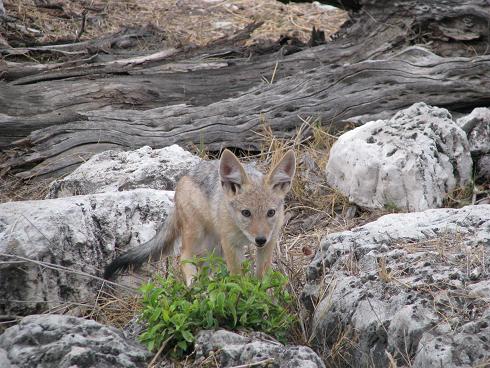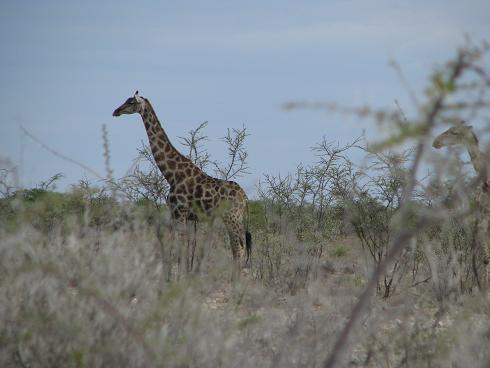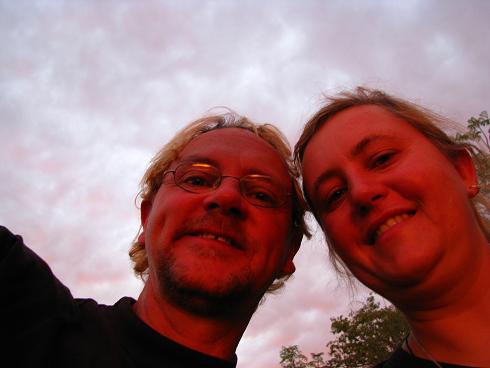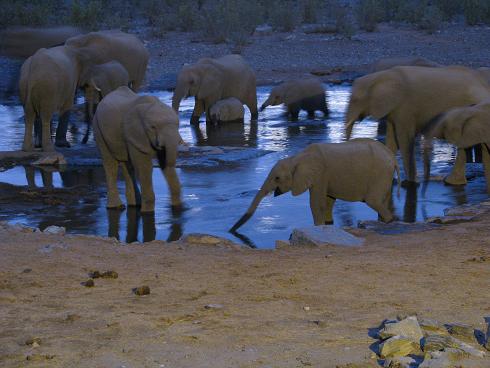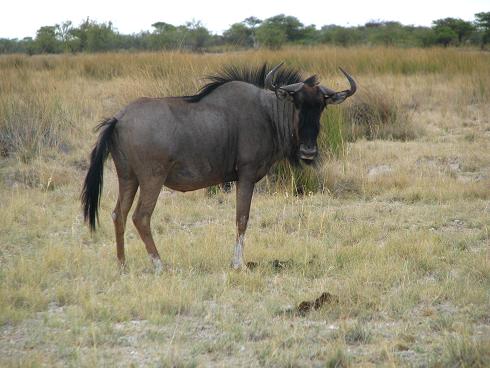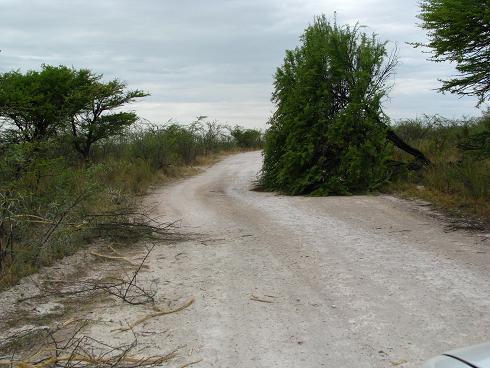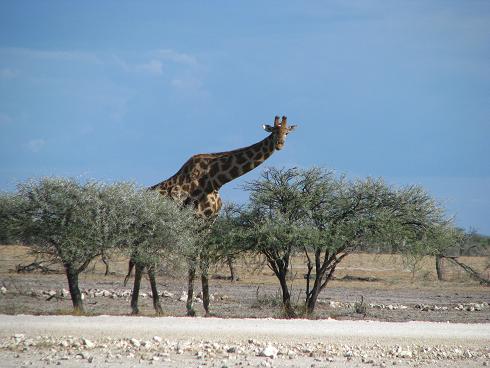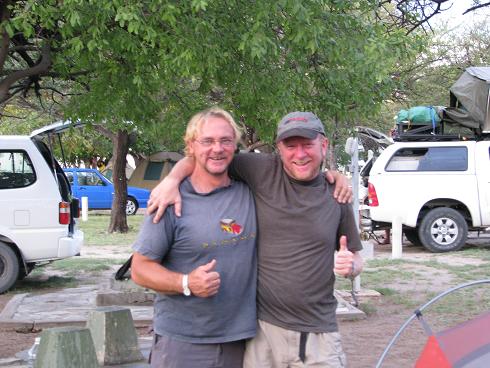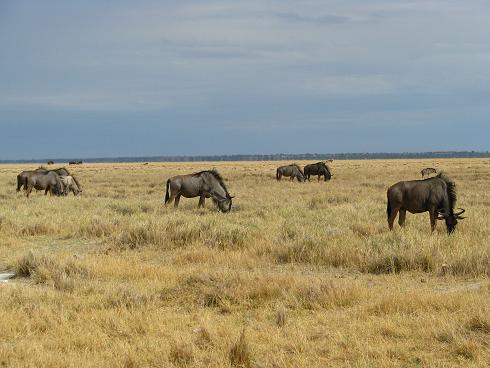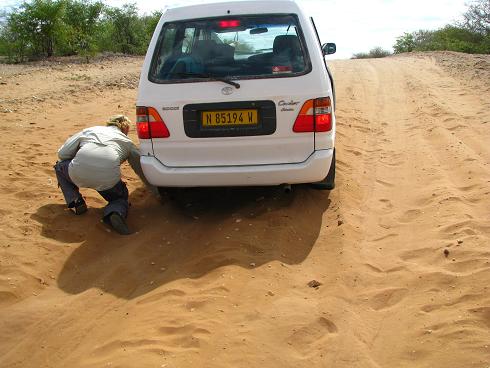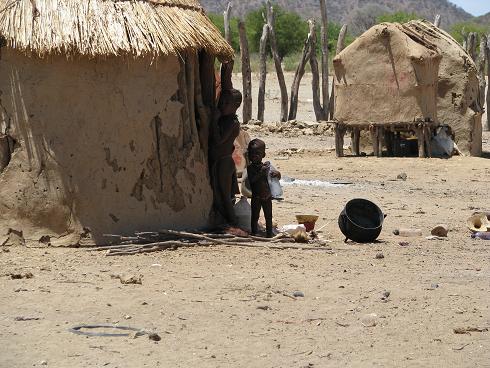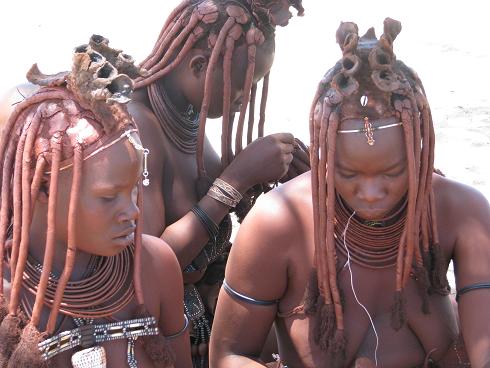Four Wheels and Four Legs
Warning - Warthogs ahead!
We left Windhoek for a 6 day safari to Etosha National Park in the the mighty Toyota Condor with Allan, who prepared it by filling it with wine. Good on you Wine Rider! We prepared it by filling it with food!
Here is a Photo Gallery of our time on four wheels. There are a lot of photos in this edition, however, we have sorted through the 1,000 or so we took and narrowed it down to the following 50 odd...
Liquor anyone
Grant wanted Gin.... The only place open was this dark and decrepid bar. All that was available was some dogey labled 'Old Buck' gin! Grant justified buying it with the thought that it could be used in the Trangia (alcohol buring camp stove), worse come to worse.
Guinea Fowl
These beautiful birds are protected in parts and there are often warning signs on the sides of roads for drivers to be aware that you are entering Guinea Fowl sancturaries.
Rhino & Giraffe
Our first night at the Okaukuejo Rest Camps waterhole and our first sighting of the shy and endangered White Rhino. Statistics on Rhino are not published by the Government as they are being protected from poachers.
Black Backed Jackal Pup
We were tormented by Jackals at our camp. Infact they managed to steal our left over food off the hot grill and out of weighted down pots!
Zooped Up Squirrel
Do not feed lollies to Squirrels Allan! This little fella really enjoyed his cherry sweet.
Oryx on the Pan
Etosha National Park is located on a large salt pan (120 x 47 kilometres) and is home to abundant wildlife. The pan is generally dry, however during the rainy season there is generally a 10 - 15 centimetre layer of water covering all, or part, of the surface. A record water level was recorded in 1931, a level of 50 centimetres.
Springbok
So pretty and so delicious to boot.
Lioness crossing our path
It was very exciting to be driving along when this Lioness walked straight by us.
Etosha is home to some 200 - 300 Lions. This is quite a high number for a park that is 22,270 square kilometres in size.
Zebra
There are approximately 15,000 - 20,000 Zebra in the park. Just a few then!!! It seemed like everywhere you turned there was heards of Zebra.
Giraffe at waterhole.
Drinking looks difficult for these tall creatures
Get off the road you crazy Zebra!
More Zebra.... thin filets marinated and gently grilled... mmmmm
Giraffe in the Bushes
Quintessential Africa. The Giraffe population is approximately 2,500 - 3,500 head.
Sunset at the Waterhole - Halali
As this time of the year was very dry, we did not have to wait long for the animals to come in for an evening drink or bath.
Waiting for the parade
White Rhino
Elephant Parade
2,000 - 3,000 Elephant call Etosha home.
Marabu Storks
Also known as the 'Undertaker Bird' these storks are carion eaters and supplement their diet with a variety of lizards and insects.
More Flippin Zebra
Another Family of Elephants
Bath Time for Babies
Red Hartebeest
We have not eaten these, but I guess they would be tasty too. They are the second fastest antelope in Africa. They can run at speeds of up to 75 kilometres per hour. It is very unusual for a Hartebeest to be taken by Lion as they can generally out run them.
Blue Wilderbeast
Grazing Giraffe and ever present Zebra
Honing our wildlife tracking skills we deduced Elephants had been through here
Kori Bustard
Africa's heaviest flying bird, weighing between 12 - 19 kilograms, lives in the grass lands (savanah). Thier diet consists of small vertibrates, insects and the gum from trees.
Allan shooting animals, probably Zebra!
We asked the Park Rangers if we could catch and eat one of the Zebra as there are so many in the park... they said no, to our disapointment.
Lions at rest
We sat and watched these lions for quite a while, they were lazy in the afternoon heat and rolled about like kittens at play, big kittens!
An old fella...
...taking a dust bath...
...whats wrong with his leg??? That is his leg isn't it???
Giraffe
It is hard not to take photos of Giraffe.
What are you looking at?
Giraffe give you such a quizical look at times, as if they are watching you and not the otherway around.
Setting up tent amoungst the natural lawnmowers - Warthogs
Unlikely bunch of lads
Grant and Allan give the thumbs up to another great day in the park.
Blue Wilderbeasts on the plains
After three days in the park it was time to leave, heading north through the veld.
The guy that just stands there.... Oryx
These magnificent antelope, also known as Gemsbok, have an incredible system for keeping cool in the hot desert. They have a capiliary system in thier snout that keeps thier brain cool while they heat thier body up to 45 degrees centigrade (mamalian body temperature is generally 37 degrees), thus allowing them to cope with the harsh day heat and keep warm on cold desert nights.
Outside the park strange palm trees line the road to Angola
Digging out the car - C21 Osataki to Opuwo
All maps and information indicated this was the main road to Opuwo. Grant did not wish to continue, Allan stubbornly wanted to keep going, no one listened to Jules.
Al gets the car bogged in the sand for the second time, Grant decided to take over the driving.
Main highway my arse!
Oasis in the Desert - Opuwo Country Lodge
Arriving here was like a dream after our stressful and hot day.
Grant contemplates the day and what tomorrow will bring.
KK our guide to the Himba Country
Jules with Himba girl at permanent settlement
The Himba are a tradionally nomadic peoples who still live in accordance with their traditonal laws and customs.
Permanent Himba settlement
This 'permanent' settlement is very austere and simple. The men leave to tend thier goats in the bush, while the women stay and look after the children and the village.
Mother and Child (only 4 days old)
This tiny round hus is where the Chief of the village lives. You are allowed to enter in one way and exit the same way, it is forbidden to walk a complete circle within the hut, although this seemed entirely impossible anyway!
Himba children
Women come to sell crafts
From birth Himba women do not bathe. They coat thier skin with a mixture of ochre and animal fat or vaseline (depending on what is available). This keeps thier skin smooth and moisturised as well as acting as a suncreen.
Girls working with beads
Traditionally a cashless society the Himba still pay for doctor or hospital visits with goats or livestock, however a modern development, thanks to tourism, women now undertake crafts for sale to tourists allowing them to make purchases (flour, salt, sugar etc) at the supermarkets.
Portrait of of Himba woman
Temporary Village
We thought the conditions harsh at the permanent settlement, but it was even tougher in the temporary village. Sheltered only by blankets over a tree that hold thier worldly possesions the women and children attempt to keep cool.
Grant and Allan in the thick of it
The children of this village loved having their photos taken, giggling wildly at thier images in the digital camera screen.
Kids playing
The young boy at the back did not want his photo taken, he was very shy because of his buck teeth.
Himba Girl
Himba Laws are very harsh. If you kill a man you are required to pay his family 10 goats per year for the rest of your life. If you kill a woman you must pay 30 goats per year until you die. Considering the harsh desert conditions and the ability (or inability) to raise enough goats for yourself let alone another family, the penalty is very high.
Road back to Windhoek
With our adventure over we arrived back in Windhoek where Allan finally had the nagging electrical problems with his BMW 650 Dakar sorted and we settled into Chameleon Backpackers and Guest House for a stay to wait for some important papers from Australia.





